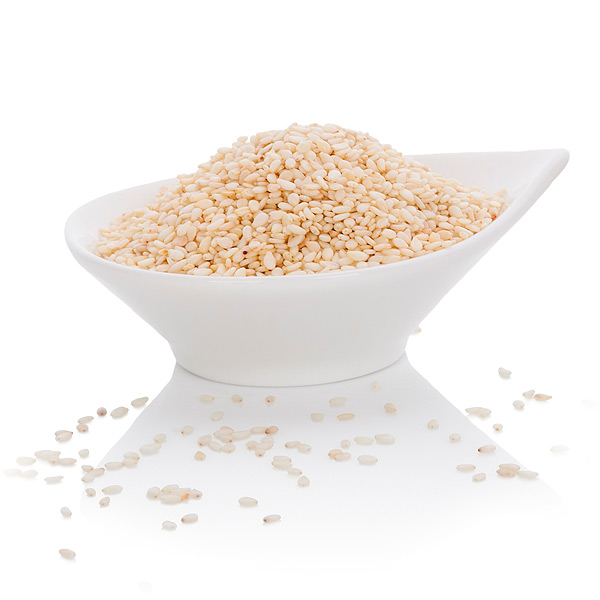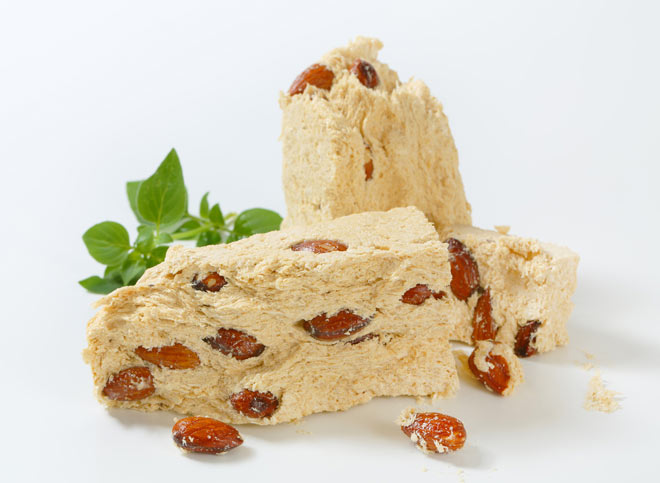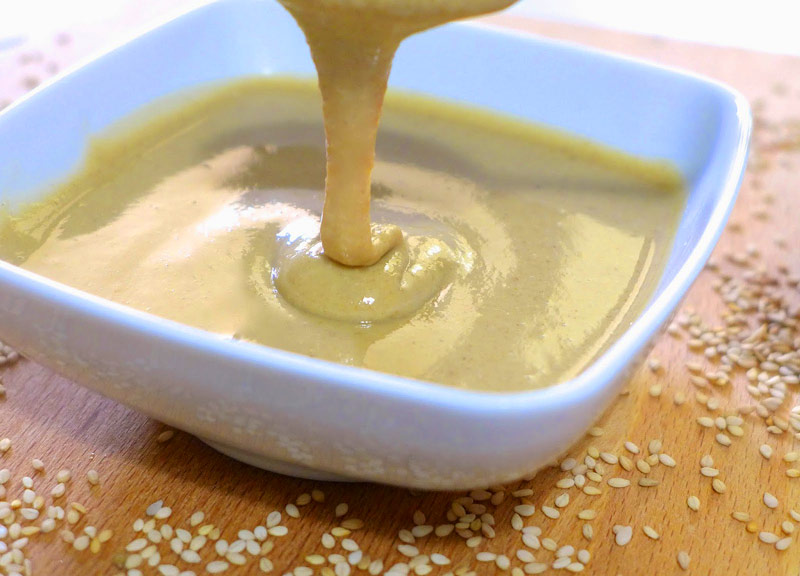
Sesame is considered to be one of the first plants that human used for his seeds and for seed products such as mashed seeds and sesame oil. Ancient Greeks named this oil “sesamon” and they used it as food and also for medicines production.
Hippocrates emphasizes its high dietary value, Galenos uses it as a medicine, and the Athenian, in the “Deipnosophistes”, considers it as one of the basic foods of the ancient Greeks. In addition, Aristophanes mentions one of the uses of sesame, that is known until today. Also, at the play “Vatrahomiomahies” is mentioned the sesame cheese, which is probably a mix of cheeses and tahini. Lastly, “sesamis” is a mix of sesame and honey( a kind of halvas) that was offered at the weddings, while “knikon” was produced from fresh milk and garnished with honey and sesame.
Sesame is used on the surface of bread, bakery products, for enrichment of flavor and aromatic reasons. In Greece, sesame seeds are well known as a basic ingredient of traditional products and sweets such as Thessaloniki bun, sesame -pie, laganas and pastels.
These small seeds are among the most nutritious foods. Sesame, as well as the products produced from it, namely sesame oil, tahini and halva, are extremely rich in vitamins, beneficial fats and valuable antioxidants.
Furthermore, tahini is concerned an authentic natural product of high protein value which is indispensable both for health and for proper nutrition. It is produced from selected sesame seed, which has been cooked and milled and is considered extremely healthy. Ιt has proven to be particularly beneficial to the human body because it contains a lot of nutrients and vitamins. More specifically, tachyne contains substances with significant antioxidant activity, vitamins E, B1 and B6 and a unique combination of proteins which are rich in sulfur-containing amino acids, lignans, sesame, sesamoline, tocopherol and natural minerals such as calcium, iron, phosphorus, magnesium and zinc.
Both sesame and its products are foods of high protein value, particularly rich in certain amino acids in which other plant foods are lagging behind. A combination of legumes with tahini increases the value of total protein. Sesame oil is particularly rich in unsaturated fatty acids that help reduce cholesterol. At the same time, sesame is rich in calcium, iron, phosphorus, potassium, magnesium, zinc and selenium, which are necessary for the good health of the human body.For the production of halva is followed a specific process.
First, the sesame is peeled and then baked and mashed to be prepared the tahini. Sugar and water are mixed and baked in the heat until the mixture turns into caramel. Then, the tahini is added and all the ingredients mixed together very well. It is a sweet especially popular during the period of Lent and can be consumed as a main food or as a dessert with cinnamon or lemon. Finally, it is considered sweet with a high content of B vitamins, vitamin E, calcium, phosphorus, magnesium, zinc, selenium and antioxidants. It is also rich in plant fiber, with a healthy fat, rich in polyunsaturated fatty acids and mainly ω-3.


On the basis of capacity, today, in Northern Greece is happening the largest sesame processing all over Europe. Halvas is produced from tahini, that is, 100% mashed sesame seeds, that’s why it keeps all the beneficial properties of this valuable seed.
Also, in the production of tahini, is used high quality of sesame which, after being processed by mechanical methods for washing, removing foreign bodies, etc., is smashed in stone mills without the use of chemicals or other substances and roasted.



